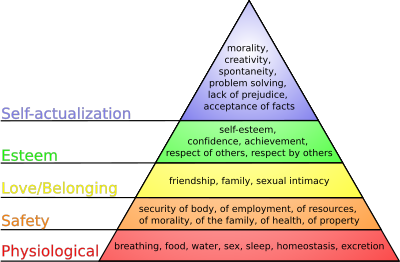
Price: An example of price used in marketing mix is 2 for 1 deals. Bulk deals, discounted prices. I find myself more willing to buy a product that is on sale or have 2 for 1 deals because it feels like if you do not buy now, it may not come up again in the future; the chance is lost. Products like chewing gum, clothes even or shoes. A company that bases it's sales and success off the play on price is 2 for 1 pizza. Gotta love getting 2 for 1 deals.

Promotion: Pretty easy to identify with. When you go to buy a cell phone a single featured phone with the newest craziest technology ever to bless the planet is showcased and combined with special offers and price plans. This is how it is implemented in advertising.

Place: The location can easily affect the decision. When I think of place I think of anywhere of high frequency for human traffic maybe the subway or when you go to a shopping mall. There are many examples of this marketing force used in advertising. I had a chance in New York to see one atypical marketing experiment bonanza setup which was the Charmin' ultra test bathroom. Located in a busy area people are teased and tempted with toilet seat mascots herding citizens to go inside and use one of the cleanest bathrooms in the world whilst their shopping. The cleverness of this is that consumers are becoming converted and convinced charmin ultra toilet paper is the finest in rear end sanitization.

Packaging: packaging can easily influence the buying decision. Just the visual aesthetics of the package could mean the difference for me when buying something. I have bought things based on just packaging alone and have shunned products for its horrible packaging.






















